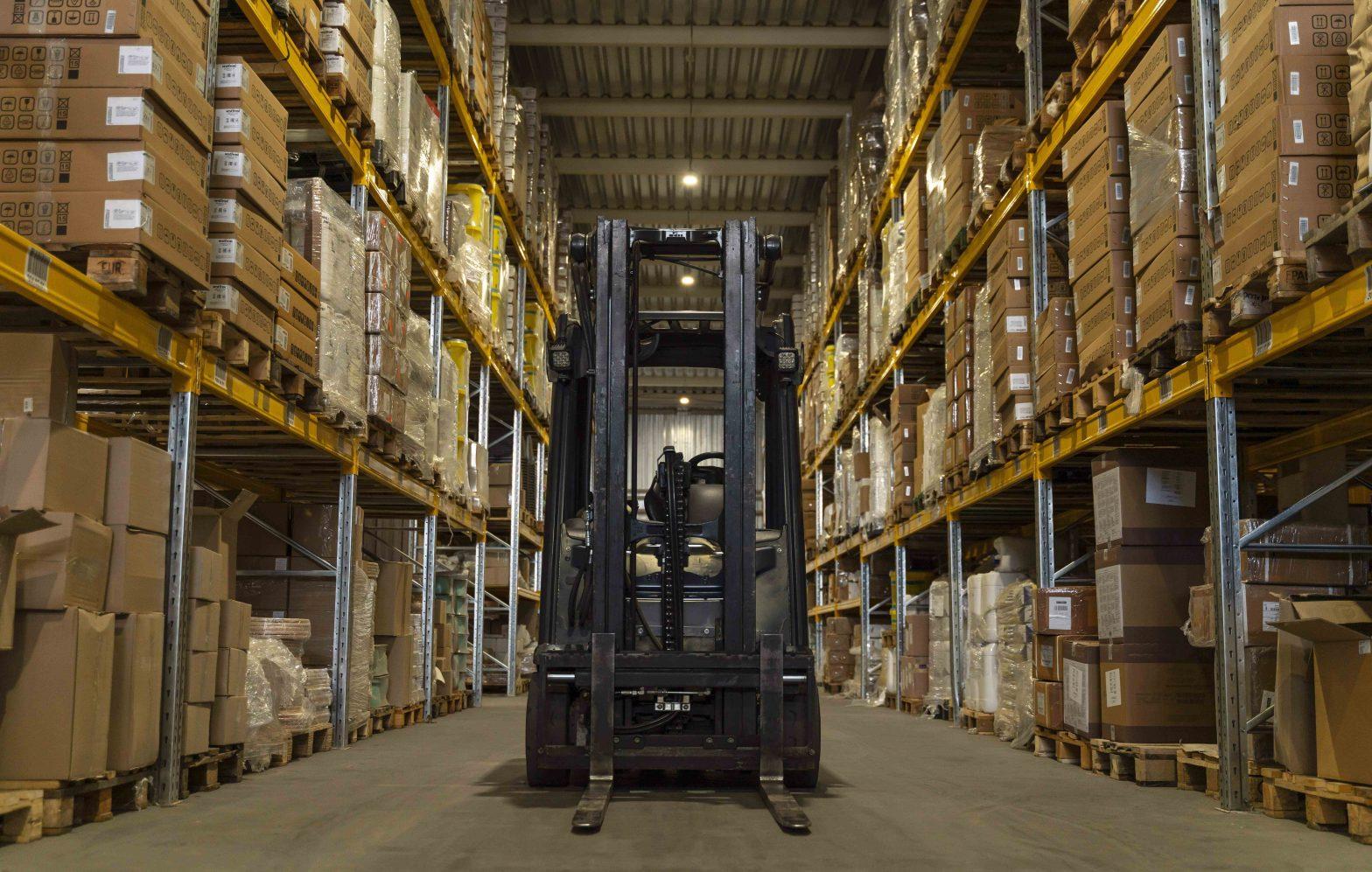While considering eCommerce, a warehouse is essential for distribution and order fulfillment. And choosing the right type of eCommerce warehousing can affect your business as it’s the key to your success.
The features to look for in an eCommerce Warehouse
Before illustrating the different types of Warehouses for E-commerce Distribution let’s take a look at the required features needed for a warehouse to make it efficient and safe.
First of all, your warehouse must be safe and secured with an adequate amount of space. As proper storage keeps the business alive and kicking.
An efficient warehouse must have trained and qualified employees maintaining up-to-date software for controlling the operations of warehouse management. Furthermore, the warehouse must have adequate facilities for emergency protocols as hazards can happen under any circumstances.
Warehouses should offer prompt delivery ensuring customer satisfaction at the best.
The 5 types of Warehouse for E-commerce Distribution
When you are looking for storage facilities to store inventory efficiently you need a Warehouse. Mentioned below are the 5 major types of warehouse distribution centers.
1. Public Warehouses
Public warehouses are commercial storage spaces that are owned by third-party businesses and rented to companies for storage facilities. They are mainly owned by governmental bodies and made available to private companies as per their needs providing advantages in terms of growth opportunities.
If you are starting up a small business and looking for storage space then a public warehouse is the best option for you. It ensures flexibility for providing maximum productivity.
The public warehouses enable you to save your money, time, and resources by preserving profit margins. They are not technologically advanced but still are accessible for start-ups and small businesses. They often use warehouse management systems (WMS) to keep track of all their customer’s inventory.
The major factor behind choosing a public warehouse is the level of service provided and the logistics plans. For example, American Warehouses is a public warehouse successfully running for 70 long years with a wide range of clients and industries.
2. Private Warehouses
Private warehouses also termed proprietary warehousing is privately owned by wholesalers, distributors, and manufacturers. It involves an effective front-end investment for building, management, and regular maintenance.
It offers a high degree of control for clients. Large retail and online marketplaces usually have their own private warehouses. Though it’s much more expensive than public warehouses, it still provides a greater option for E-commerce distribution.
It ensures your long-term strategic presence in a significant region in comparison to other warehouses in the supply chain.
3. Bonded Warehouses
Bonded warehouses are the types of warehouses that are certified by the government and guaranteed by a certain bonding agency. They generally store imported goods or dutiable goods with payment of the tax until the goods are removed.
It’s a duty-free zone and is categorized into two types – wet and dry. In wet bonded warehouses the store goods are tobacco and alcohol only. Its best part is that customs duties are not applicable to the item before it’s released from the warehouse.
These warehouses are ideal for E-commerce distribution because it ensures the security and safety of the goods. Furthermore, these are usually climate-controlled warehouses used for storing any kind of commodities for the long term.
Most of the bonded warehouses provide port-centric logistics. It provides storing of goods at the port of entry and delivering those goods as per requirements. Thus, ensuring less damage and also reducing costs across the entire supply chain.
The bonded warehouses also enhance the cash flow as until the products are released from the warehouses it’s duty-free. Thus, you don’t have to pay duty payments on goods remaining back for months.
4. Smart warehouses
Smart warehouses are a set of interconnected and automated technologies for streamlining the day-to-day process in a much more efficient manner. Besides efficiency and productivity, smart warehouses also help in improving the accuracy level of AI.
For collating all the unorganized data into properly segregated data they use a smart warehouse management system (WMS). Furthermore, the inventory picking and packing systems are fully automated or partially automated.
This methodology increases the upfront costs, hence they can be adapted for dealing with ultra-large volumes of inventory. For example, Amazon, and Alibaba use this kind of smart warehouse for generating less error-prone deliveries.
Smart warehouses typically use automated guided vehicles (AGV) for handling and transporting goods effectively. Some commonly used AGVs are Automated Guided Carts, Forklift AGVs, Autonomous Mobile Robots, etc.
Furthermore, autonomous drones are also used in smart warehouses. These drones assist in scanning inventory barcodes for ensuring faster, more accurate, and more comprehensive jobs.
5. Government warehouses
Government warehouses are owned, managed, and controlled by the state or central governments or local authorities. These warehouses can be used by both government and private enterprises such as seaport storage facilities.
These kinds of warehouses are easily affordable. But if you fail to pay the rent then the governmental body will recover the rent by disposing of their goods. Since these warehouses are managed by the government the safety and security of goods are better.
Choosing the best type of e-Commerce Warehousing enhances the profitability
For running a successful fulfillment center and supply chain the choice of a perfect warehouse is crucial along with batch picking. Batch picking enhances the efficiency level as it focuses on less walking and faster order processing.
Before choosing a warehouse do your due diligence, as an incorrect decision can clutter the logistics affecting the customer service.
Hence, to expand your -ceommerce distribution area it’s significant to identify which type of warehouse would be finest for your niche.

